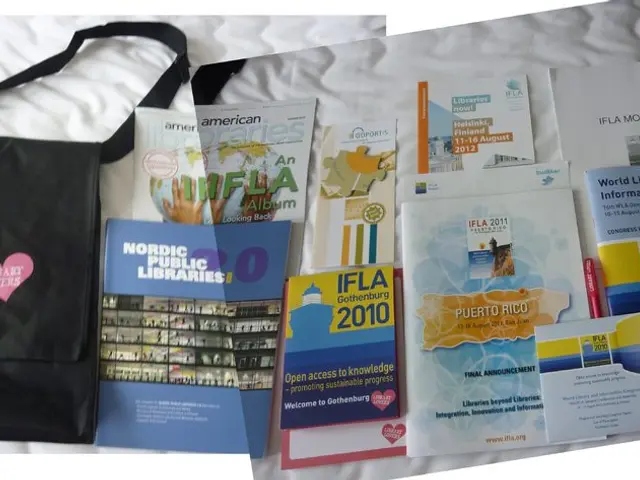Strategies for School Administrators to Combat "Murmurings"
Promoting Positive Dialogue in Schools: A Comprehensive Approach
In a school setting, the power of whispers can either tear down the community or build up its culture. School leaders understand this and take proactive steps to ensure that the whispers that echo in their schools resonate as positive and constructive.
To effectively manage harmful whispers and promote positive dialogue, a combination of strategies is essential.
Teaching Conflict Resolution and Communication Skills
School leaders encourage the teaching of explicit conflict resolution and communication skills. Role-playing appropriate behavior helps students understand when to resolve issues independently or involve adults. This empowers students to distinguish between harmful whispering and legitimate reporting of serious concerns [1].
Creating Safe Outlets for Concerns
Safe outlets like a "Tattle Jar" or a "Peace Table" are created where students can express worries constructively without escalating harmful whispers. These tools encourage problem-solving and peer mediation in a controlled setting [1].
Empathy and Bystander Intervention
Empathy and bystander intervention programs are encouraged to empower students to support peers positively, interrupt harmful gossip, and reduce bullying or exclusion [2].
Setting Collective Goals
Collective goals, such as reducing tattling and recognizing positive communication, are set, accompanied by rewards to motivate students to maintain a respectful dialogue culture [1].
Modeling Positive Communication and Inclusivity
Educators and staff lead by example, maintaining confidentiality, and cultivating an environment where all students feel valued and safe from exclusion or negative whispers [3].
Implementing Restorative Practices
Restorative practices address problematic behavior with empathy rather than punishment, focusing on repairing relationships and understanding the underlying causes of negative communication [4].
By promoting transparency, addressing issues directly, fostering trust, and modeling constructive communication, school leaders can guide their school communities away from rumor-driven negativity and toward a culture of positive dialogue and growth.
School leaders frame issues in a solution-oriented way, inviting staff to share best practices, strategies, and new ideas to address common challenges. Trust is built through open-door policies, regular feedback opportunities, and being visible throughout the school day.
The school leader spends time in classrooms, hallways, and the lunchroom, talking with students and teachers to reduce the likelihood that concerns are discussed in hushed tones. Opportunities for staff to share feedback in a structured, comfortable way are created to prevent emotions from turning into dangerous, festering whispers.
These strategies, when implemented effectively, promote a culture of respect and open, positive dialogue while minimizing harmful whispers in a school community.
- Educators model positive communication and inclusivity, maintaining confidentiality and fostering an environment where all students feel valued and protected from negative whispers.
- School leaders set collective goals, such as reducing tattling and recognizing positive communication, and provide rewards to motivate students to maintain a respectful dialogue culture.
- Creating safe outlets for concerns, like a "Tattle Jar" or a "Peace Table," are established, encouraging problem-solving and peer mediation in a controlled environment.
- Conflict resolution and communication skills are taught to students, helping them understand when to resolve problems independently or involve adults in a positive manner, and empowering them to distinguish between harmful whispering and legitimate reporting.








